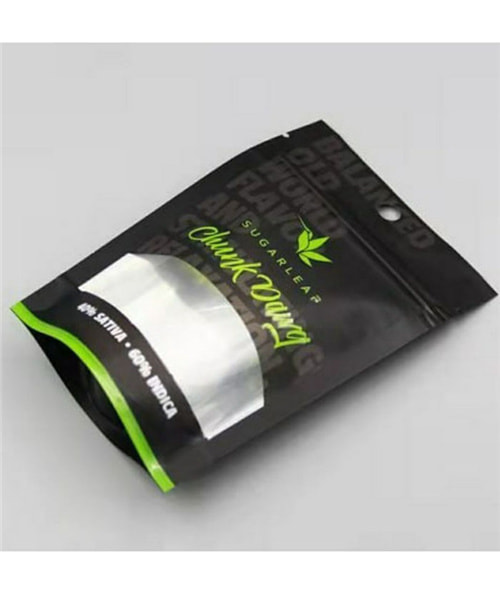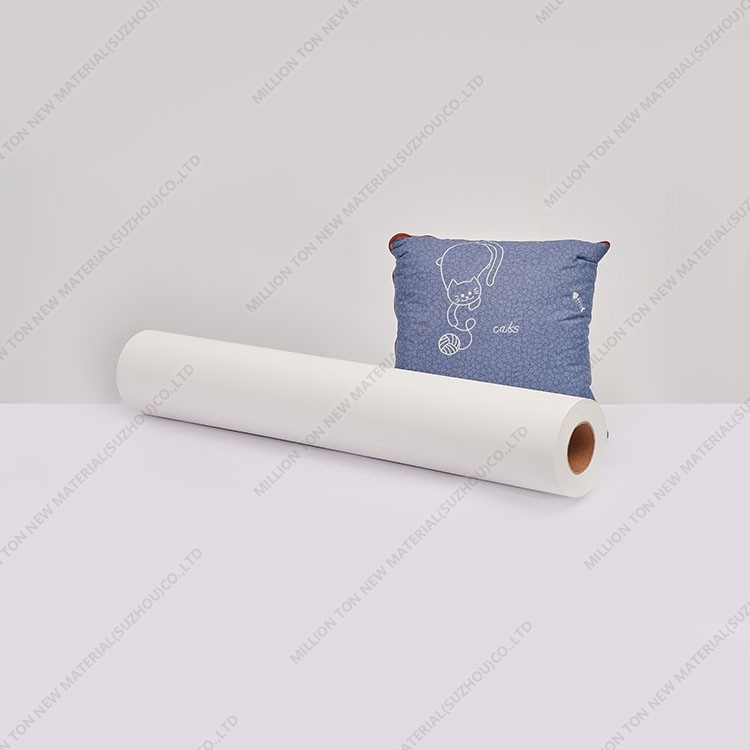What makes packaging child-resistant?
Child-resistant packaging stands as a crucial innovation in the realm of product safety, specifically designed to prevent children from gaining access to potentially harmful substances or objects. This ingenious packaging solution is crafted to be challenging for young children to open, yet accessible for adults. In a world where curious minds are always at play, understanding what makes packaging child-resistant is paramount.
Design Complexity and Barrier Mechanisms: At the heart of child-resistant packaging lies a blend of design complexity and barrier mechanisms that together create an effective deterrent against unauthorized access. These packaging designs often employ a combination of locks, latches, seals, and closures that require a level of manual dexterity and cognitive understanding typically beyond the capacity of young children.
Push-and-Turn Mechanisms: One common mechanism involves push-and-turn caps. These caps require a two-step process – pushing down and then simultaneously turning – making it difficult for a child to execute both actions in sequence. Adults, however, can use their coordinated motor skills to open the packaging with relative ease.
Squeeze-and-Turn Mechanisms: Squeeze-and-turn caps work on a similar principle. They necessitate the user to exert a certain amount of force while simultaneously twisting the cap. This combination of actions is intricate for a child to achieve, acting as a robust safeguard.

Dexterity-Dependent Mechanisms: Some child-resistant packaging relies on fine motor skills that are usually developed later in life. Sliding mechanisms, where two parts need to be moved in opposite directions simultaneously, are examples of this approach. These mechanisms require a level of hand-eye coordination that young children typically lack.
Complex Latch Systems: Packaging designs often include intricate latch systems. These latches require a series of coordinated actions, such as pressing, sliding, and rotating, to unlock. While adults can decipher and execute these steps, children find them challenging due to their complexity.
Additional reading:Maximize Your Business Visibility with Custom Vinyl Stickers!
7 Unique Personalised Small Jute Bags Ideas
Top 7 Places to Buy Cold Laminating Film.
Ultimate Guide to Non Woven Packaging Bags: Eco-Friendly, Durable & Reusable!
Everything You Need to Know About Custom PP Sticker Printing
Benefits of Custom Candle Boxes for Business
Jumbo Concrete Bag: The Perfect Solution for Large-Scale Construction Projects
Material Strength and Durability: Pharmaceutical Child-resistant packaging is often constructed using durable and strong materials that withstand the force a child might apply to access the contents. Plastics, metals, and reinforced paperboard are commonly used to create packaging that resists tearing, bending, or breaking when subjected to stress.
Testing and Certification: Before child-resistant packaging reaches the market, it must undergo rigorous testing to ensure its effectiveness. These tests are designed to simulate the actions of children and assess whether the packaging can be opened by a young child within a specified time frame. The packaging's resistance to tampering and its durability under stress are also evaluated.
Regulatory bodies, such as the Consumer Product Safety Commission (CPSC) in the United States and similar organizations globally, establish standards for child-resistant packaging. Products that contain potentially hazardous materials, such as medications, cleaning agents, or tobacco products, are subject to these regulations.
Balancing Accessibility for Adults: While child-resistant packaging is designed to thwart the curiosity of young children, it is equally important to ensure that adults can access the contents without undue frustration. Striking the right balance between child resistance and adult accessibility is a delicate challenge in the design process.
In Conclusion: Child-resistant packaging is a testament to innovation that prioritizes safety in a world filled with curious and adventurous young minds. By combining intricate mechanisms, material strength, and rigorous testing, this packaging solution provides a robust barrier against unintended access by children. As technology advances, the development of more sophisticated and foolproof child-resistant packaging continues, reinforcing the commitment to safeguarding our most vulnerable members of society.
What Size Tarp for Camping?
Benefits of the Microwave Pork Crackle Bag
Safety instructions for LPG Gas Cylinder
Are Microwave Popcorn Bags Safe to Use?
Exploring the World of Wholesale Passport Holders: A Comprehensive Guide
Yogurt cup packaging quality control technology and detection methods
What are mason jars used for?










